Engaging with the commuter consumer
Posted: 5 July 2017 | | 2 comments
Ian Reynolds, Managing Director of KBH On-Train Media, discusses rail passenger habits and how TOCs can effectively engage with the ‘commuter consumer’.
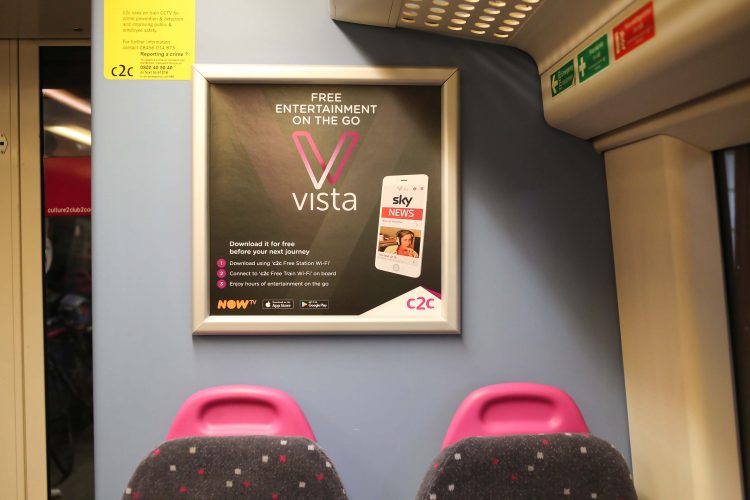

The UK’s transport system is an essential pillar of support to the country’s business and leisure infrastructure; vital for mobilising workforces and connecting citizens. The volume of people using one transport system in particular is increasing – around 1.7 billion passenger journeys were made by rail in 2016-2017; the highest recorded figure since the 1950s (source: ORR).
As such, advertising opportunities across the network play a valuable role in driving additional revenue for retailers, brands and advertisers. Advertising is also a key non-farebox revenue stream for Train Operating Companies (TOCs), contributing to various, ongoing improvements to the overall passenger experience.
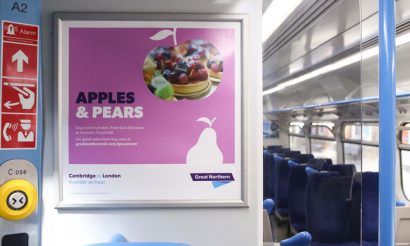

To delving deeper into the daily lives of commuters to unlock common patterns in consumer behavior, KBH has undertaken research to shed light on opportunities for advertisers and UK transport networks to reap the financial rewards.
The results reveal there is opportunity to unlock revenue from an emerging new shopper group – the commuting consumer. The research proved the ability of traditional on-train ad formats to command attention: a staggering 94% of this new shopper archetype notice on-train ads during their journey. Combine this figure with the fact that the average commute lasts 40 minutes and it’s clear to see that this audience has the time to read, absorb and then act upon classic out-of-home messaging. This classic ad format is a unique platform for maximising the commercial potential of the journey.
Interestingly, the research further suggested that a train journey was an optimal environment for driving m-commerce: 90% of passengers were found to use their smartphones during a train journey and 36% of passengers used their mobile phones to shop whilst on the train itself (source: Dipsticks). Passengers also cited their preferences for efficiency. 59% agreed that convenience often plays a part in their purchase – 14% more than the average UK consumer (source: TGI Q1 2017). There is evidence of this new commuter shopper archetype travelling in ‘utility mode’: shopping via their smartphones due to the constraints of a time-poor, fast-paced lifestyle – lots to do, and insufficient time to do it all.
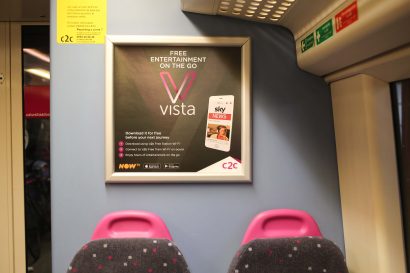

As a result, classic on-train out-of-home media consumed in the journey environment continues to evolve in use and grow in importance. A combination of factors are responsible for this, including smartphone ubiquity and the on-train audience’s increasing levels of connectivity. The increase in time spent online and consumers’ willingness to research and make purchases on their devices while out of home is supported and encouraged by the ever-improving efficiency of on-board train Wi-Fi. Nearly a third (30%) of train users admitted to browsing general retailer websites whilst on their commute, while 20% purchased from those sites during their journey.
In addition, of those who bought something they saw advertised on the train, 28% made the purchase immediately, while still on the train, suggesting a clear relationship between on-train advertising and on-train connectivity in driving online sales.
TOCs, as advertisers themselves, are no strangers to the ways in which classic on-train media can drive online uptake. Using Traincards to raise awareness and drive passengers online, both GTR and c2c have benefitted from on-train media and increased connectivity. David Walker, Head of Revenue and Ticketing at Govia Thameslink Railway (GTR) described how their on-train campaign gave GTR customers ideas for leisure activities which subsequently encouraged them to browse and book online during their journeys. Similarly when c2c launched the Vista on-board entertainment portal in the spring, Commercial Director Clare McCaffrey described the way Traincards were used to generate rapid awareness and uptake of the service across the network, encouraging passengers to access the portal and enjoy the entertainment provided by free and efficient Wi-Fi connectivity.
By building a clearer picture of consumer travel behaviours, and drawing out what this new commuter shopper archetype looks like, it’s clear to see that classic media opportunities on the UK’s rail networks offer lucrative opportunities for advertisers and TOCs in an increasingly digital world. Reaching 7.1 million affluent, connected and influential rail users every four weeks, traditional on-train ads still play a key role in influencing consumer behaviour. This classic medium has demonstrated an ability to remain resilient, holding its own in today’s competition for attention.
Consequently, the lucrative nature of on-train advertising has a positive effect on the rail transport system as a whole. Collaboration between media companies and TOCs in this space enables all parties to maximise the commercial potential of the train journey, which can contribute to the delivery of an improved, more efficient rail travel experience across the UK.
Stay Connected with Global Railway Review — Subscribe for Free!
Get exclusive access to the latest rail industry insights from Global Railway Review — all tailored to your interests.
✅ Expert-Led Webinars – Gain insights from global industry leaders
✅ Weekly News & Reports – Rail project updates, thought leadership, and exclusive interviews
✅ Partner Innovations – Discover cutting-edge rail technologies
✅ Print/Digital Magazine – Enjoy two in-depth issues per year, packed with expert content
Choose the updates that matter most to you. Sign up now to stay informed, inspired, and connected — all for free!
Thank you for being part of our community. Let’s keep shaping the future of rail together!




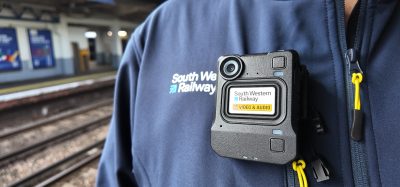

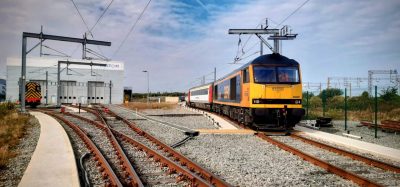

Where can I find the referencing to these statistics please?
Thanks for your enquiry. Please contact https://www.kbhgroup.co.uk/rail if you have questions regarding the references for statistics within this article. Kind regards, Global Railway Review